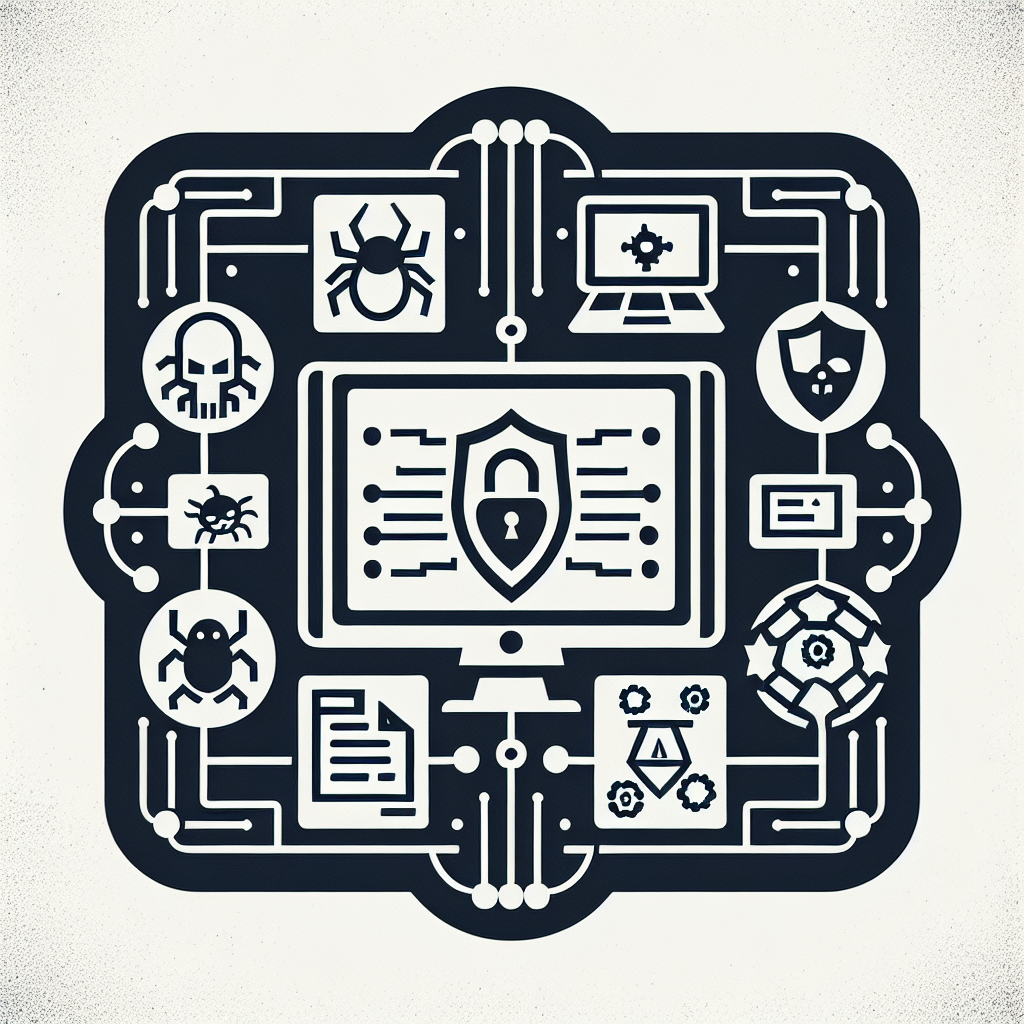
Sandboxing isolates suspicious files or programs inside a disposable, controlled environment so they can’t damage real systems or networks.

A sandbox is a controlled, isolated environment where unknown files or code run without access to production systems. Security teams use sandboxes to observe behavior, like file changes or network calls, without risk to users. Sandboxes can be full virtual machines, lightweight containers, or cloud-hosted environments, depending on the use case. They capture detailed telemetry—process actions, registry edits, and outbound connections—that help analysts decide if a sample is malicious. The isolation and detailed logs make sandboxes a powerful tool against evasive and unknown threats.
Sandboxing detects malware by executing suspicious samples and watching for risky behavior patterns. Instead of relying on signatures, sandboxes look for actions such as encryption routines, new service installs, or suspicious network traffic. They then correlate those behaviors with known indicators to flag threats like ransomware or remote access trojans. Because they test behavior, sandboxes can pick up zero-day exploits and polymorphic malware variants that signature-based tools miss. Results feed into alerts, automated playbooks, or manual investigations.
Sandboxes are commonly integrated into email gateways, web filtering, and endpoint protection platforms. Email gateways send attachments and links to sandboxes to check for phishing payloads before delivery. Web proxies or secure browsing platforms route downloads to sandboxes to stop drive-by downloads. Endpoint protection and EDR solutions also use sandboxes to analyze quarantined files. This distributed use ensures multiple layers can catch threats at different stages.
Sandboxing greatly improves detection of zero-day attacks because it focuses on behavior, not signatures. By executing unknown code, sandboxes reveal malicious actions that signature-based tools wouldn’t recognize. That said, no single control guarantees 100% protection—attackers can use sandbox evasion techniques—but sandboxing reduces the window of exposure and increases the chance of early detection. Combining sandboxing with EDR, threat intelligence, and patching gives better coverage.
Sandboxes generally do not slow down end-user devices because they run in separate environments like cloud-hosted VMs or dedicated servers. Analysis happens outside the user’s machine, which prevents performance impact during normal work. Some local sandbox implementations can consume host resources, but most enterprise deployments are designed for scalability. Administrators can tune analysis depth and retention to balance detection fidelity and performance.
Yes—common types include full virtual machine sandboxes, container-based sandboxes, and cloud-hosted analysis platforms. Full VMs emulate entire operating systems for high-fidelity analysis, while containers offer faster spin-up and lower resource use. Cloud sandboxes scale easily and integrate with email gateways or web proxies. There are also specialized sandboxes for mobile apps, macros, or browser-based threats.
Sophisticated malware sometimes uses sandbox-detection tricks—delaying execution, checking for virtualization artifacts, or requiring human input to trigger malicious behavior. These evasion methods can reduce a sandbox’s visibility into the malicious activity. Defenders counter with longer observation windows, simulated user interactions, and environment obfuscation to make the sandbox appear more like a real endpoint. No defense is perfect, but layered controls make evasion more costly and less reliable.
Analysts review sandbox reports to find indicators of compromise (IOCs), determine the scope of an incident, and prioritize responses. Reports include file hashes, network destinations, modified files, and registry changes—details that help map attacker activity. That telemetry feeds into SIEM, EDR, and SOAR tools for automated containment or manual investigation. Clear reports speed up triage and reduce false positives in broader security operations.
Yes—sandboxing is accessible to smaller organizations through cloud-based or managed services that minimize setup and cost. Many security vendors offer sandbox analysis as an integrated feature within email security or endpoint protection packages. For small teams, managed sandboxes provide expert tuning and reporting without heavy infrastructure. Even basic sandboxing adds a meaningful detection layer against phishing and malicious attachments.
Sandboxing can miss threats that are well-crafted to hide in analysis environments or that require long trigger conditions. Resource constraints and analysis timeouts can also limit detection fidelity. Integration gaps and alert volume may overwhelm teams without automation. Despite these limits, sandboxing remains a high-value control when combined with complementary security layers like EDR, threat intelligence, and robust patching.
Sandboxing is behavior-focused: it runs unknown files to observe what they do, while antivirus typically matches files against known signatures. That means sandboxes can detect novel threats and attack techniques that signature-based tools miss. Antivirus is still useful for blocking known malware quickly, so the two work best together. Sandboxing provides richer forensic data and helps security teams understand novel threats for broader defenses.
Deploy sandboxing where suspicious content first enters your environment: email, web downloads, and third-party file shares. Integrate sandbox outputs with EDR and SOAR to automate containment and reduce manual workload. Tune analysis settings—observation time, simulated user actions, and telemetry collection—to match your threat model. Regularly review sandbox detections and update rules to keep pace with evolving attacker techniques.
A: No—sandboxing complements antivirus by catching unknown or behavior-based threats that signature scans miss. Both should be part of a layered defense strategy.
A: Analysis typically takes seconds to minutes, but longer observation windows increase the chance of catching delayed or stealthy behavior. Administrators choose timeouts that balance speed and detection depth.
A: Yes—modern sandboxes can follow redirected links and render web content to detect malicious pages and drive-by downloads. Integration with email gateways and web proxies enables link scanning before users click.
A: Sandboxes record telemetry about the sample’s behavior, not personal user data. Choose trusted vendors and review data retention policies to meet compliance needs.
A: Find additional resources and testing options at Palisade, which offers tools and guidance for email and endpoint security.